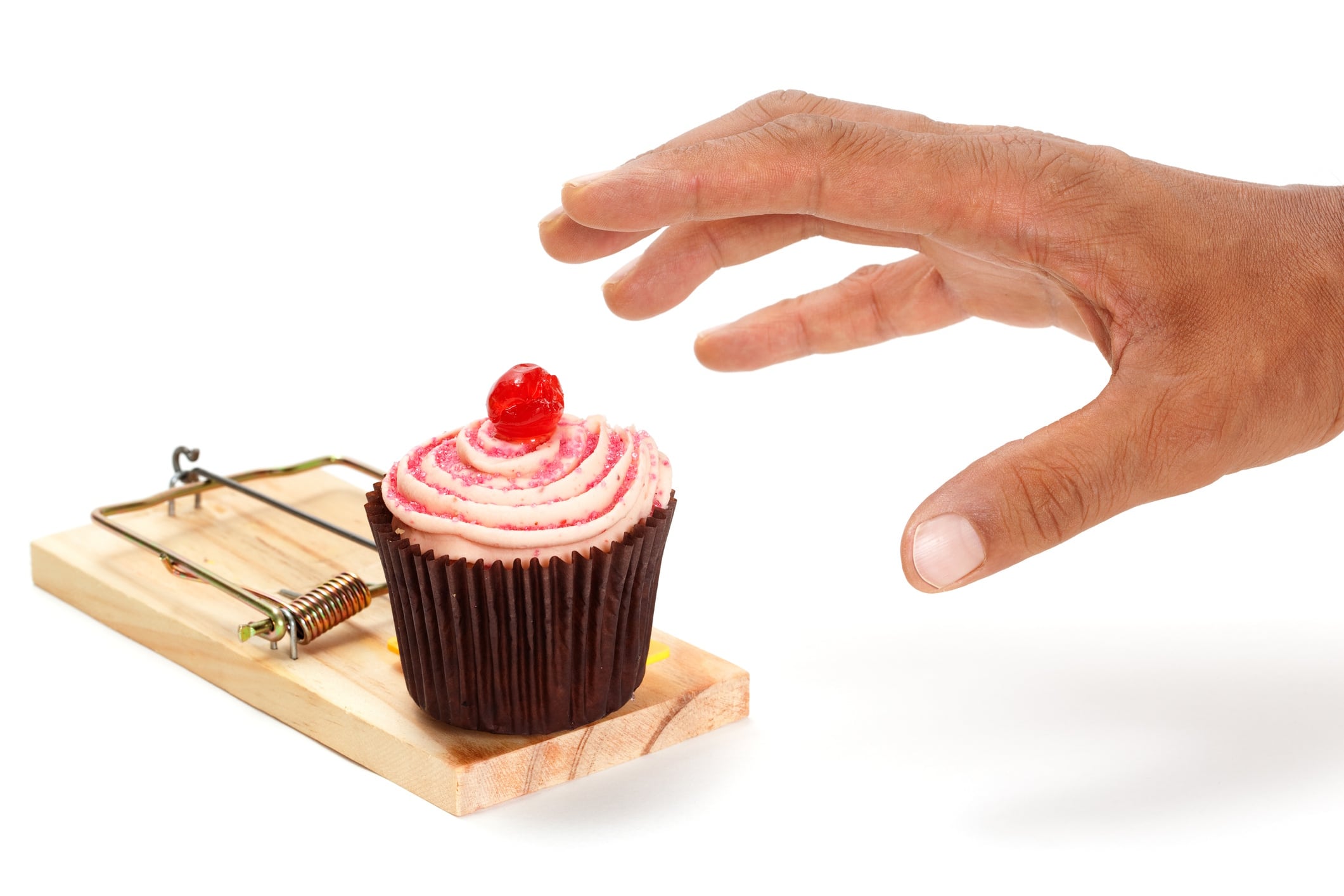Key takeaways:
- Bakery and snack producers are being unfairly caught in the UPF crossfire – as processing itself, not nutrition, is increasingly portrayed as the villain.
- Most UPF studies show correlation, not causation – yet the public narrative and now even investors and policymakers, are treating them as proof of harm.
- It’s time for the industry to own the word ‘processed’ – by championing transparency, science and purpose rather than apologizing for the systems that feed billions safely.
Let’s be honest – the bakery and snacks sectors didn’t suddenly stumble into the UPF debate. We’ve been the punch bag for years. What’s changed is the tone. ‘Ultra-processed’ has become a scarlet letter – shorthand for everything people think is wrong with modern food. It’s tossed around by campaigners, commentators and increasingly, lawyers who see an opening.
Take the lawsuit filed last year in Pennsylvania. A man named Bryce Martinez accused General Mills, Kraft Heinz, Coca-Cola and others of knowingly marketing products such as Cheez-Its, Nature Valley bars, Wheat Thins, Boca Burgers and Kraft Italian Dressing to children while hiding the long-term health risks. He says a steady childhood diet of those foods left him with type-2 diabetes and fatty-liver disease.
The case was dismissed in August 2025 by US District Judge Mia R. Perez, who ruled the complaint lacked specific detail about which products caused the damage. But the court didn’t dispute the underlying idea that UPFs can contribute to chronic disease – only that the claim wasn’t tight enough to prove liability. That’s not exoneration; it’s a procedural reprieve. The next plaintiff with a better paper trail could easily reopen the door.
And let’s be real – the second this kind of case lands in front of a sympathetic jury, it won’t matter whether the product was a cookie, an energy bar or a fortified loaf. Once ingredient labels start showing up as evidence, bakery and snacks end up in the same dock as sugary soda and candy.
What stings most is how fast the goalposts have moved. Reformulation used to be the answer. Cut the sugar. Add the fiber. Ditch the artificials. Done or at least doing. Yet none of it seems to count anymore. The moment a product is manufactured at scale, it’s treated as suspect. That’s not science – that’s theater.
The courtroom isn’t the only battlefield

The Pennsylvania lawsuit won’t be the last. Once lawyers realize juries are primed to hear ‘processed’ and think ‘predatory’, discovery turns into a fishing expedition through decades of product innovation. Ingredient lists become exhibits; R&D notes become evidence. What started as an academic framework is now being weaponized in court.
Regulators are helping it along. The UK Parliamentary Office of Science and Technology (POST) briefing on UPFs explicitly calls out chips, ice cream, biscuits, baby formula and plant-based meat alternatives as foods that ‘can’t be made in a domestic kitchen’. That’s a polite way of saying: “If you need an industrial oven, you’re part of the problem.” For bakers and snack producers, that’s the very definition of guilt by association.
Europe’s new round of front-of-pack labeling talks doesn’t name UPFs, but the political undercurrent is impossible to miss. Every call for ‘simpler’ or ‘more natural’ recipes strengthens the assumption that complexity equals danger. Meanwhile, the World Health Organization – which already develops the nutrient-profile models behind food-marketing and labeling policy – has acknowledged growing pressure from member states and public-health groups to consider how evidence on ultra-processed products fits into future guidance. Once that discussion filters into national nutrition strategies and retailer scorecards, the category’s already half-condemned.
Even investors are circling. The Food Foundation’s Investor Briefing on UPFs urges asset managers to interrogate companies on the share of their revenue that comes from ultra-processed portfolios. UK pension schemes such as Nest are tweaking their ESG frameworks to flag ‘unhealthy commodities’ alongside alcohol and tobacco. The same language is creeping into sustainability dashboards used by retailers. And GlobalData recently warned that ‘heavy exposure to UPF categories’ now ranks as a top-five reputational risk for global consumer-goods brands.
Mintel analysts, too, are tracking a slow pivot among multinationals toward ‘process transparency’ – not to prove they’re clean, but to prove they’re honest. That’s the new trust currency. It’s not about the ingredient list; it’s about how confidently you can explain it.
The moral panic problem and why optics beat science

We’ve seen this movie before – GMOs, palm oil, HFSS ads – but the UPF panic cuts deeper because it attacks the foundation of industrial food itself. The NOVA system wasn’t built to judge individual products; it was meant for population studies. Yet it’s now treated as a moral code: the less kitchen-like the process, the bigger the presumed sin.
The science, however, is messy. Most of the 100-plus studies linking UPFs to disease are observational, riddled with confounding variables like income, education and lifestyle. The IARC’s recent EPIC cohort did find an association between high UPF intake and cancer risk – but even the authors admit it doesn’t prove causation or identify which foods drive the effect. None of that nuance survives the headline scroll.
Dr Kantha Shelke, principal at Corvus Blue and holds adjunct and visiting faculty positions at Johns Hopkins University in Baltimore, US, and MCI Management Center in Innsbruck, Austria, told Bakery&Snacks that the term ultra-processed has been weaponized and that demonizing processing could deepen nutritional inequality. “If we push shelf-stable, fortified foods away from lower-income consumers,” she said, “we don’t get better diets – we get empty cupboards.” She’s right. Strip out shelf life and you strip out access.
Consumers, meanwhile, are trapped in their own contradiction. The Lumina Intelligence global study found two-thirds of shoppers say they avoid UPFs – yet those same consumers buy packaged bakery, snack bars and ready-to-eat cereals every week. It’s not hypocrisy; it’s human behavior. People want food that’s convenient, affordable and safe. They just don’t want to feel bad about it.
That contradiction is the sweet spot for moral panic. When behavior and belief collide, emotion wins. And right now, emotion’s dictating policy.
If we push shelf-stable, fortified foods away from lower-income consumers, we don’t get better diets – we get empty cupboards.
Dr Kantha Shelke
Stop apologizing for being ‘processed’

Here’s the truth the industry rarely says out loud: processing is why modern food systems work. It’s how bread survives the journey from plant to plate. It’s how cereal stays crisp without refrigeration. It’s how manufacturers keep prices stable when supply chains wobble. That’s not corporate trickery – it’s applied science.
So let’s draw a sharper line. There’s necessary processing – fermentation, stabilization, fortification – and cosmetic processing – flavor masking, color correction. The public deserves to know the difference and we should be the ones to explain it. Publish those definitions, quantify the mix across your portfolio and show the shift toward more purposeful processing.
Then fix the communication gap. The term ‘clean label’ has become a trap; it suggests anything else is dirty. Ditch it. Use packaging to teach instead. ‘Calcium propionate – keeps bread safe from mold.’ ‘Ascorbic acid – helps dough rise consistently.’ Short, factual, confident. People can handle that. It’s vagueness that kills trust.
And it’s time to talk outcomes, not optics. Commission independent research on what your products actually do – from blood-sugar response to satiety and gut health. Show the data. If a snack bar genuinely improves fiber intake or a bread reduces glycemic load, that’s proof that processing can serve a purpose.
Dr Shelke’s warning deserves to ring in policymakers’ ears: fear-driven rules risk penalizing the very innovations that make nutrition equitable. If regulators and investors keep treating processing as a sin, they’ll drive up prices and drive out choice. Everyone loses – especially the consumers the movement claims to protect.
Bakery and snacks don’t need to apologize for existing. These sectors feed billions, reduces waste and makes balanced eating possible for households that don’t have the time or means to start from scratch. Convenience isn’t a crime. Processing isn’t poison. Indulgence isn’t ignorance.
The UPF debate might have started with good intentions, but it’s become a witch hunt. And like all witch hunts, it thrives on fear and silence. The only way out is through – with transparency, evidence and a little less self-flagellation.
The lawsuit: Bryce Martinez v. The Kraft Heinz Company et al., filed in December 2024 in the US District Court for the Eastern District of Pennsylvania (Case No. 2:24-cv-05012-MRP).
Studies:
Lane MM, Gamage E, Du S, et al. Ultra-processed food exposure and adverse health outcomes: umbrella review of epidemiological meta-analyses. BMJ 2024; 384 doi: https://doi.org/10.1136/bmj-2023-077310
Vitale M, Costabile G, Testa R, et al. Ultra-Processed Foods and Human Health: A Systematic Review and Meta-Analysis of Prospective Cohort Studies. Adv Nutr. 2024 Jan;15(1):100121. https://doi:org/10.1016/j.advnut.2023.09.009
Kliemann N, Rauber F, Levy RB, et al. Food processing and cancer risk in Europe: results from the prospective EPIC cohort study. Lancet Planet Health, Published online 6 March 2023; https://doi.org/10.1016/S2542-5196(23)00021-9





